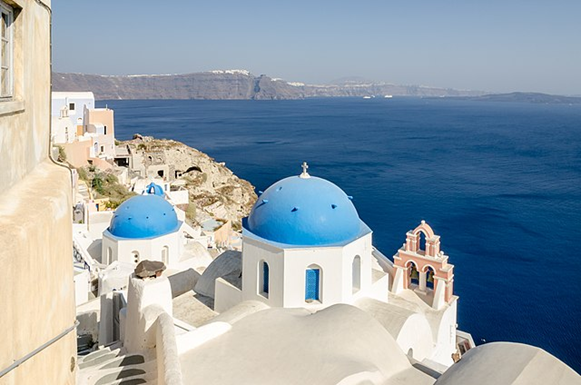
Photo credit Nobert Nagel: Wikicommons
Santorini is one of Greece’s most sought-after destinations with its stunning caldera and iconic, blue-domed buildings. However, the island is now facing a significant challenge: overtourism. Local administrations are considering limiting the number of cruise ships to preserve the territory and maintain the island’s charm.
The Growing Issue of over-tourism
Overtourism is becoming a common concern in many popular tourist destinations. Recently, Venice has introduced an entrance ticket and is considering a surcharge for cruise passengers to manage the influx of visitors. Similarly, Santorini is grappling with the effects of mass tourism, prompting local authorities to contemplate a “limited number” policy.
Santorini: A Destination in High Demand
Every year, especially during the high season, millions of tourists flock to Santorini to experience its breathtaking views and picturesque landscapes. However, the reality of visiting Santorini differs from the idyllic images on social media. The island’s narrow streets are often overcrowded, making enjoying a peaceful and serene experience challenging.
Understanding Overtourism
Overtourism occurs when a tourist destination is overwhelmed by an excessive number of visitors, leading to environmental degradation, cultural erosion, and a decline in the quality of life for residents. When the tourist flow exceeds an area’s sustainable carrying capacity, it results in congestion, pollution, and the deterioration of natural resources. Additionally, overtourism can drive up real estate prices and negatively impact the local community.
Sustainable Tourism Management
Adopting sustainable tourism management strategies is crucial to addressing over-tourism. Greece is considering such measures for Santorini to ensure the island remains a beautiful and welcoming destination for future generations.
One of the signs in Santorini’s charming alleys reads, “Respect. It’s your holiday… but it’s our home.” This sentiment reflects the need to balance tourism with the local population’s well-being. Last year, Greece welcomed a record 32.7 million visitors, with Santorini alone attracting 3.4 million tourists. Given that the island’s population is just 15,500, the impact of overtourism is particularly pronounced.
Limiting Tourist Numbers
Nikos Zorzos, the mayor of Santorini, has emphasised the necessity of limiting the number of tourists visiting the island. He stated, “I ask that no additional beds be authorised, neither in large hotels nor for rent on Airbnb.” With around 20% of Santorini’s area already built up, the mayor is concerned about preserving the island’s unique landscape, shaped by volcanic activity.
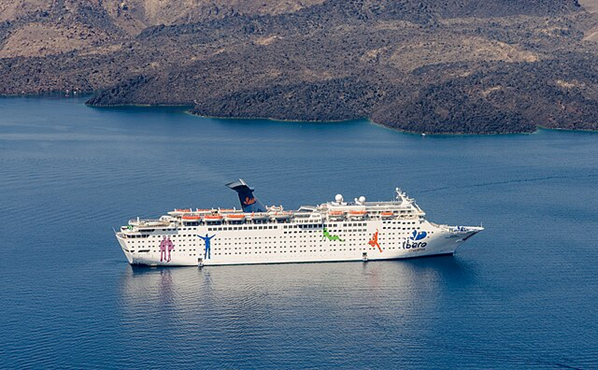
Cruise Ships in the Spotlight
Cruise ships are a significant contributor to overtourism in Santorini. According to a report by the Hellenic Ports Association, 800 cruise ships docked at Santorini’s port last year, bringing approximately 1.3 million tourists to the island. In response to these alarming figures, the Minister of Tourism, Olga Kefaloyanni, has called for quotas to limit the number of cruise ships arriving daily.
Local authorities have estimated a daily capacity of 8,000 cruise passengers for next year, a measure supported by Antonis Pagonis, president of the Santorini Hoteliers Association. Pagonis highlighted the need for balance, stating, “It is not possible that on Monday there will be 20,000 to 25,000 cruise ship tourists and none the following day.”
Conclusion
Santorini’s beauty and allure make it a top destination for travellers worldwide. However, the island’s popularity has led to over-tourism, threatening its environment and local culture. By implementing sustainable tourism management strategies and limiting the number of visitors, Santorini can continue to be a cherished destination for generations to come. As travellers, respecting and preserving the places we visit is essential, ensuring that their beauty endures.
Thanks to the local authorities, the island’s capacity has been estimated at 8,000 cruise passengers per day for next year, an idea also supported by the president of the Santorini Hoteliers Association, Antonis Pagonis. As Pagonis highlights, this is an uncontrolled and partly unbalanced phenomenon: ” It is not possible that on Monday there will be 20,000 to 25,000 cruise ship tourists and none the following day.”
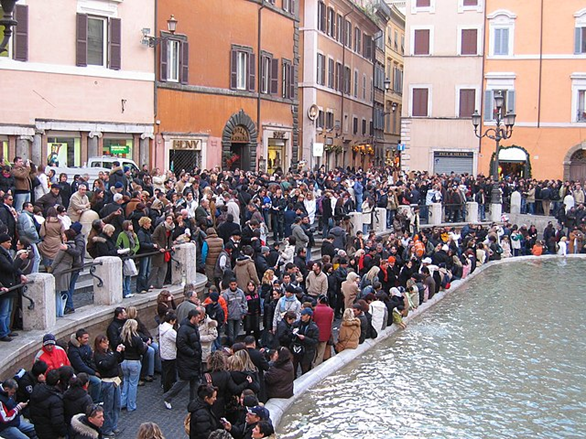 Overtourism Sparks New Travel Trends
Overtourism Sparks New Travel Trends 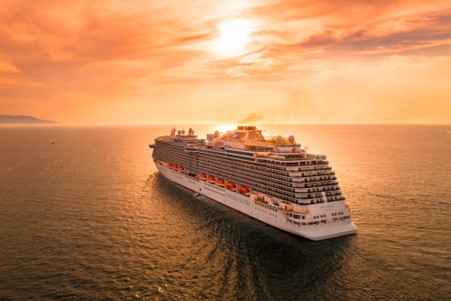 Cruise Passengers to Pay New Fees to Visit Greece in 2025
Cruise Passengers to Pay New Fees to Visit Greece in 2025 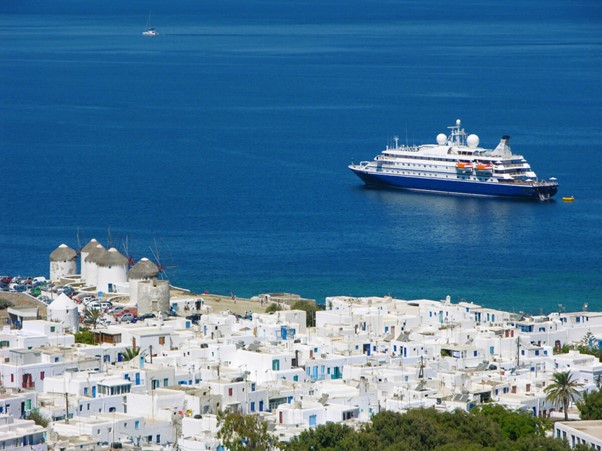 SeaDream Yacht Club Unveils New 14-Night Voyage Exploring the Greek Isles
SeaDream Yacht Club Unveils New 14-Night Voyage Exploring the Greek Isles 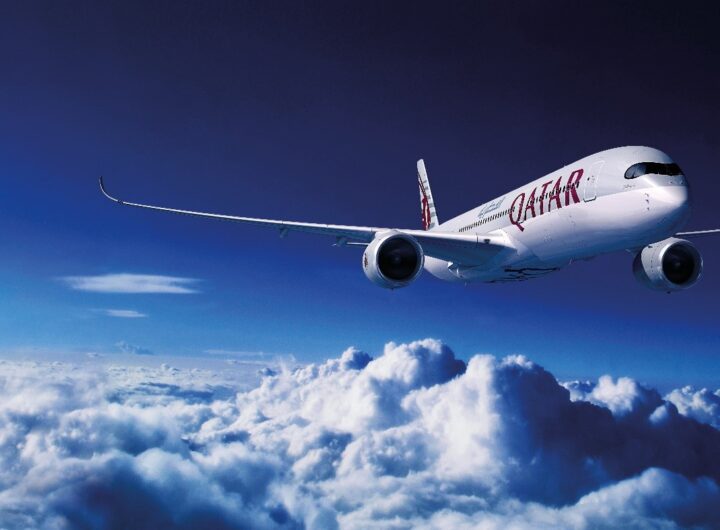 Qatar Airways Resumes Flights To Malta: Enhancing International Connectivity
Qatar Airways Resumes Flights To Malta: Enhancing International Connectivity  Viking Cruises Unveils 14 New Ocean Itineraries for 2026 & 2027
Viking Cruises Unveils 14 New Ocean Itineraries for 2026 & 2027 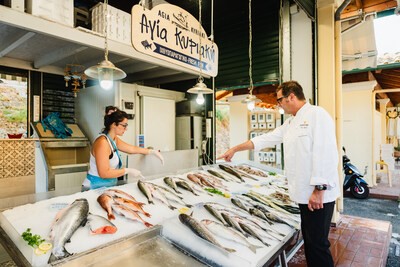 Seabourn Elevates Onboard Dining with New Menus and Local Flavours
Seabourn Elevates Onboard Dining with New Menus and Local Flavours 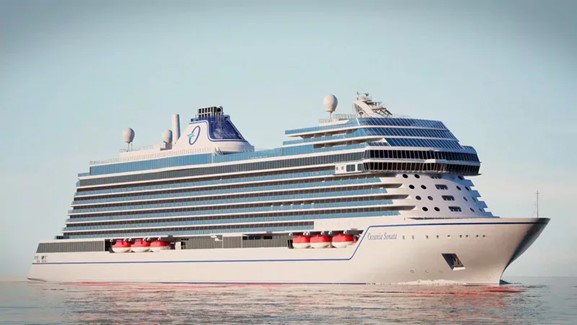 Oceania Cruises Marks a New Era with the Construction of the First Sonata Class Ship
Oceania Cruises Marks a New Era with the Construction of the First Sonata Class Ship 